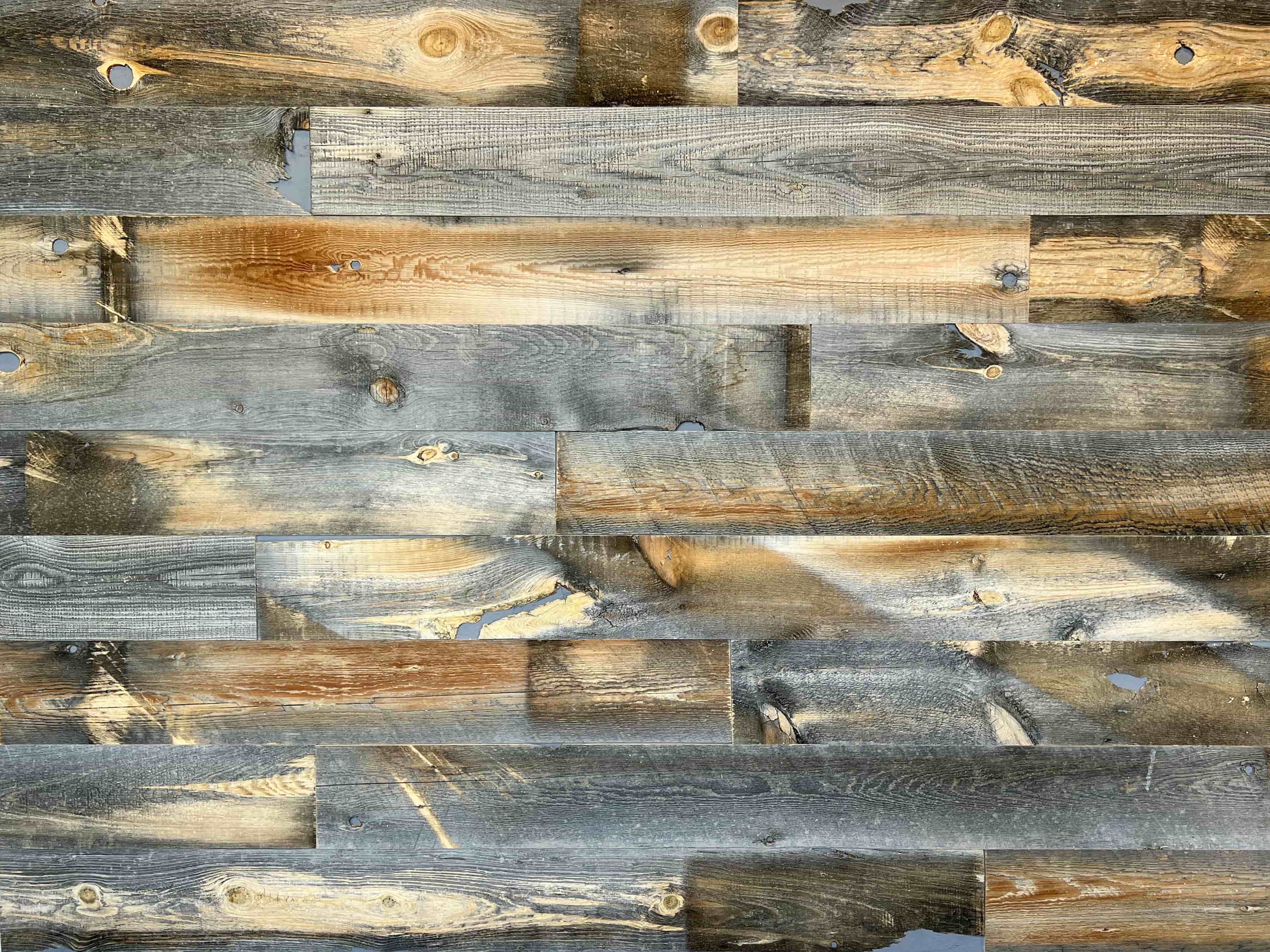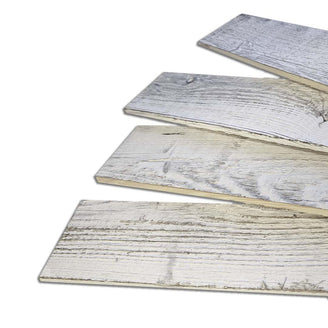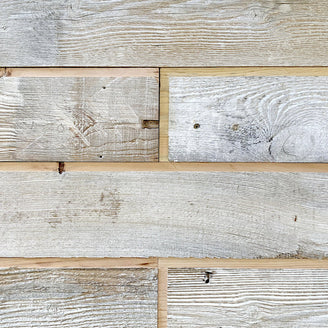When you buy reclaimed wood, you’re paying for more than just the wood you see. The amount of waste also plays a part in how much that wood costs. The waste factor is the amount of unusable wood that has to be trimmed away before the wood can be reused. But, how does the waste factor impact the pricing of the reclaimed wood you’re buying?
Just as a tree has to have branches and bark trimmed away before it can become boards, reclaimed wood has to have damaged areas trimmed away. In some case it also has to have edges and ends straightened.
There are several factors that affect the amount of waste: how old the wood is, where and how it was originally used, and the environmental factors to which it has been exposed. The same age and weather that gives reclaimed wood its beautiful patina and character also increases the amount of waste compared to freshly cut wood.
The amount of waste also depends, in part, on how much ‘character’ the customer is comfortable with in the finished product. Custom milling each order to a customer’s preference allows us to keep our waste factor lower than if we milled everything to the same standard.
Because we source our reclaimed wood from Wyoming’s snow fences, the wood hasn’t been exposed to the ground moisture, insects, or chemicals that often affect wood from other sources. Our high altitude sunshine, dry atmosphere, and scouring winds give it its beautiful patina, while also reducing waste. We are proud of the fact that our waste factor is much lower than average for reclaimed wood.
If you would like to experience some of our beautiful reclaimed wood for yourself, contact us. We would love to help you find wood with the finish that is perfect for your next project.


















